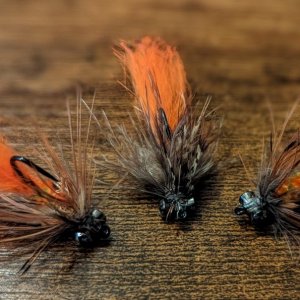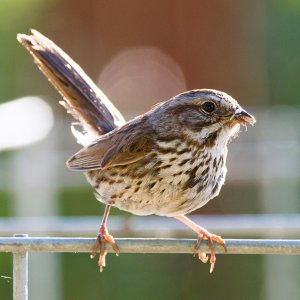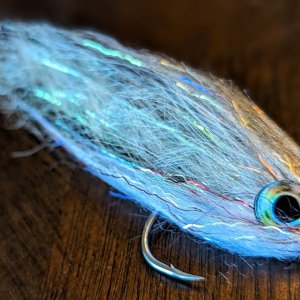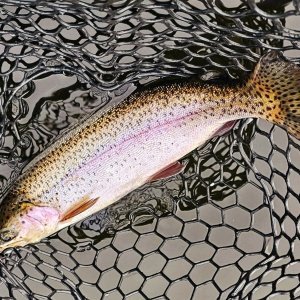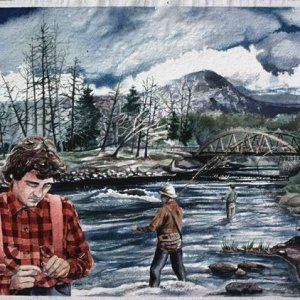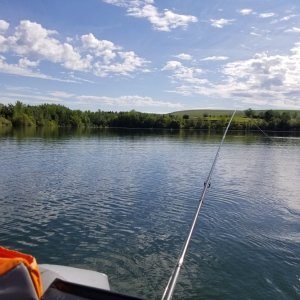D
Deleted member 1853
Guest
I started tying last fall and seem to be headed down the same road accumulating material I may never use. The biggest mistake I made was going click happy on Youtube. "That fly pattern looks cool and that one and that one and oh got to try that pattern and so on". (I have software that allows me to capture video so I can capture multiple fly “recipes” without taking time to try a particular pattern.) Not a wise thing to do.
So now I am starting to go back thru videos and make another shopping list. (One of too many shopping lists already)
Any of you know of a cross reference for material? i.e. These hairs or feathers are similar to each other.
I realize that just as in other things like wine, whiskey, cooking ingredients, whatever, there is only one truly good product for a particular occasion, but I can hope right??
So now I am starting to go back thru videos and make another shopping list. (One of too many shopping lists already)
Any of you know of a cross reference for material? i.e. These hairs or feathers are similar to each other.
I realize that just as in other things like wine, whiskey, cooking ingredients, whatever, there is only one truly good product for a particular occasion, but I can hope right??

